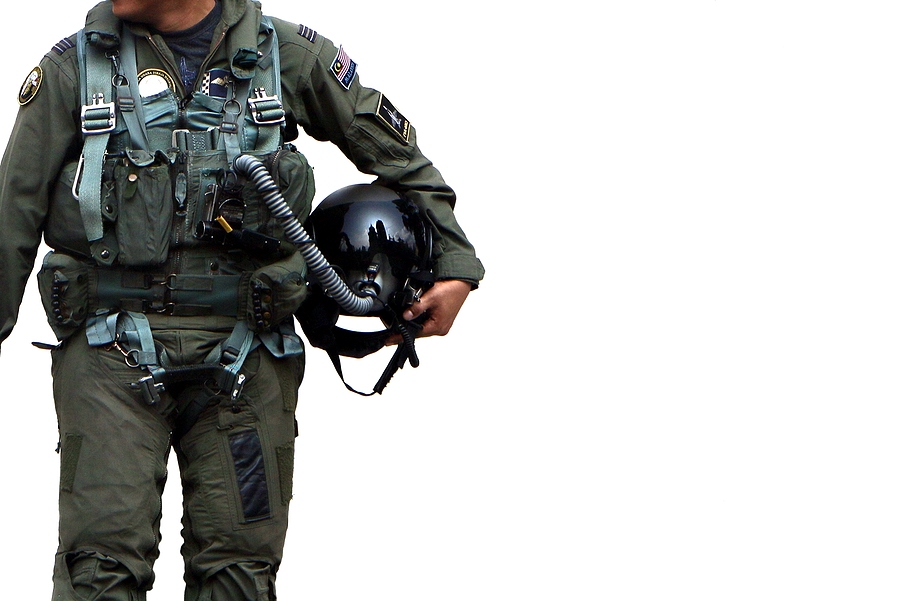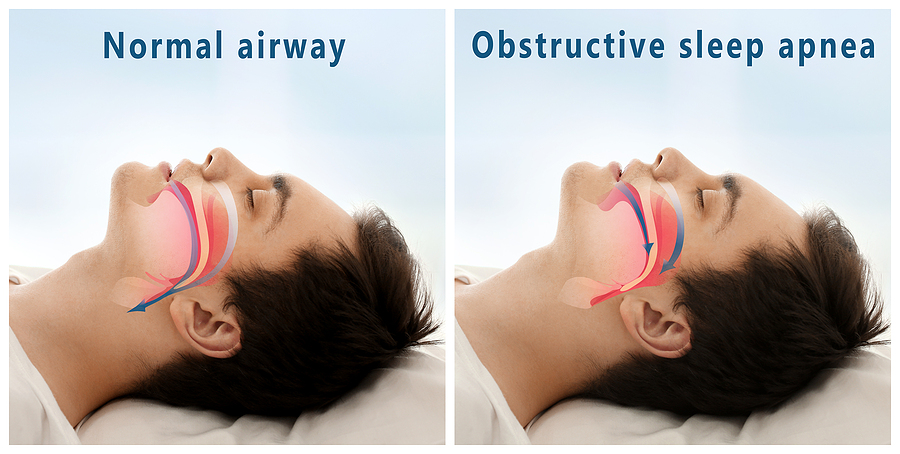Over the next several months, we will be writing about some common cancer diagnoses and the requirements for obtaining an FAA medical certificate after being treated for them. Before going too far down that road, this article is intended as an invitation to take a step back.
We all know aviation comes with certain hazards that we mitigate through training and appropriate planning so that we can enjoy the many benefits that flying has to offer. Most pilots do reasonably well at controlling the risks that threaten the safe operation of their airplanes, but what about more insidious hazards to our own bodies?
From hypoxia and G-forces to temperature extremes, cosmic radiation, and circadian rhythm disruption, there is no doubt that aviation challenges our physiology. In addition to those factors, many military aviators also worry that the RADARs and other emitters they encounter throughout their careers might have some adverse health effects. Many pilots have commented that they and their colleagues seem to father more girls than the general public. According to at least two studies, that phenomenon may be more than an urban legend. While they could not say why it happened, one of those studies showed that 60% of children born to astronauts and tactical pilots were female [1]. The other showed a less dramatic effect except in pilots with high flight hours in the 11th month before their children were born [2]. In online forums and informal conversations, speculation about cancer risks abounds as well. I have heard these concerns connected to each other more than once, as in, “You see all these girls running around? What else do you think is happening.”
So what is the risk of cancer in pilots? At least according to the National Institute for Occupational Safety and Health (NiOSH), skin cancers, breast cancer in females, Kaposi sarcoma, and non-Hodgkin lymphoma are all more prominent in pilots and aircrew [3]. Similar findings are born out in several large studies. The U.S. Air Force School of Aerospace Medicine recently published a study that showed increased rates of melanoma skin cancer, prostate cancer, and non-Hodgkin lymphoma in Vietnam-era fighter pilots [4]. A Norwegian study of long-haul airline pilots showed higher rates of melanoma, basal cell skin cancer, and prostate cancer [5]. And, an ambitious review of multiple studies conducted over 20 years, identified higher rates of melanoma and breast cancer in pilots and aircrew while suggesting the possibility that certain brain tumors could occur more frequently [6].
Something else these and other studies have shown is that besides the ones mentioned in the previous paragraph, pilots seem to fare much better than their earthbound peers when it comes to other cancers. Rates of colon, testicular, bladder and kidney cancers were all consistently lower for pilots in multiple studies.
There is still a lot to be answered. Most experts seem to think that cosmic radiation that pilots receive in greater doses in the higher reaches of the atmosphere is responsible for most of the increased cancer risk that has been observed in aviation. Hormonal changes associated with disrupted sleep patterns and fatigue may also contribute to breast and prostate cancer risk.
What we know for sure is that the risk of melanoma and other skin cancers is about two to three times higher in all pilots and female aviators, based mostly on data collected from flight attendants, are about 50% more likely to be diagnosed with breast cancer [7]. Prostate cancer in men[8] along with non-Hodgkin lymphoma and some brain cancers may also occur more frequently, but the association is less clear.
Other than staying indoors on the ground, consistently protecting yourself from UV light is probably the best thing you can do to minimize the cancer risks associated with flying. For women, we recommend screening for breast cancer beginning at age 40 unless your doctor advises you to start earlier.
We’ll be writing more about how to return to the cockpit after a cancer diagnosis in other posts. Hopefully, this one provided some insight into the risk you face and will help you decide if you want to accept them.
References:
[1] B. B. Little, C. H. Rigsby, and L. R. Little, “Pilot and astronaut offspring: possible G-force effects on human sex ratio,” Aviat. Space Environ. Med., vol. 58, no. 7, pp. 707–709, Jul. 1987.
[2] R. Baczuk, A. Biascan, E. Grossgold, A. Isaacson, J. Spencer, and E. Wisotzky, “Sex Ratio Shift in Offspring of Male Fixed-Wing Naval Aviation Officers,” Mil. Med., vol. 174, no. 5, pp. 523–528, May 2009, doi: 10.7205/MILMED-D-01-1208.
[3] “Aircrew Safety & Health – Cancer | NIOSH | CDC,” Oct. 25, 2021. https://www.cdc.gov/niosh/topics/aircrew/cancer.html (accessed Jun. 08, 2022).
[4] B. Webber et al., “Cancer Incidence and Mortality among Fighter Aviators who Served on Active Duty in the U.S. Air Force between 1970 and 2004: A Comparison to Other Officers and the General U.S. Population.” USAFSAM/PHR Epidemiology Consult Service Division, USAF School of Aerospace Medicine, May 26, 2021.
[5] E. M. Gudmundsdottir, J. Hrafnkelsson, and V. Rafnsson, “Incidence of cancer among licensed commercial pilots flying North Atlantic routes,” Environ. Health Glob. Access Sci. Source, vol. 16, no. 1, p. 86, Aug. 2017, doi: 10.1186/s12940-017-0295-4.
[6] G. P. Hammer, M. Blettner, and H. Zeeb, “Epidemiological studies of cancer in aircrew,” Radiat. Prot. Dosimetry, vol. 136, no. 4, pp. 232–239, Oct. 2009, doi: 10.1093/rpd/ncp125.
[7] E. McNeely, I. Mordukhovich, S. Staffa, S. Tideman, S. Gale, and B. Coull, “Cancer prevalence among flight attendants compared to the general population,” Environ. Health, vol. 17, no. 1, p. 49, Jun. 2018, doi: 10.1186/s12940-018-0396-8.
[8] D. Raslau, A. M. Abu Dabrh, D. T. Summerfield, Z. Wang, L. W. Steinkraus, and M. H. Murad, “Prostate Cancer in Pilots,” Aerosp. Med. Hum. Perform., vol. 87, no. 6, pp. 565–570, Jun. 2016, doi: 10.3357/AMHP.4453.2016.
ABOUT WINGMAN MED
As pilots, we understand the imperative of maintaining your FAA medical certificate and the urgency of getting it back when you lose it. As doctors, we specialize in getting it done.
Follow us on Linkedin.com/company/wingmanmed
Find an AME near you: Pilot Doctors





